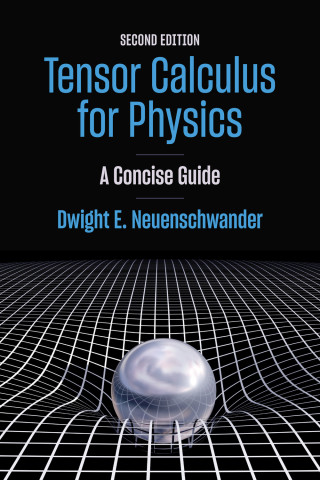
Reviews
Students will love this book. It tells them without fuss how to do simple and useful numerical calculations, with just enough background to understand what they are doing... a refreshingly brief and unconvoluted work.
The book is very clearly set out and very easy to read. Undergraduate students and those wishing to learn about stochastic processes for the first time would enjoy the clear pedagogic presentation.
[An Introduction to Stochastic Processes in Physics] presents fundamental ideas with admirable clarity and concision. The author presents in about 100 pages enough material for the student to appreciate the very different natures of stochastic and sure processes and to solve simple but important problems involving noise. Any physicist wondering what noise is about would be well advised to pack Lemons' books for their next train journey.
Self-contained and provides adequate insight into stochastic processes in physics. It is quite readable and will be useful to students interested in learning about stochastic processes and their relevance in understanding the physical phenomena. It also provides teachers a good approach to communicate the essence of the subject to students.
This is a clear, well-written, and valuable book. It is both original and important because it ties together much disparate material scattered throughout the literature into a coherent and readable form.
This book will be much appreciated by those who wish to teach, without going into excessive and demanding mathematical details, a little more than can be covered by analysing a one-dimensional random walk on a lattice or solving the Langevin equation. The author covers a lot of ground in very few pages. The last chapter, entitled 'Fluctuations without Dissipation,' gives his admirably slim volume its own flavor. I will have no hesitation in recommending the book to my students.
This is a lucid, masterfully written introduction to an often difficult subject and a text which belongs on the bookshelf of every student of statistical physics. I have every confidence that the accessibility of the presentation and the insight offered within will make it a classic reference in the field.
Professor Lemons's book has reclaimed the field of stochastic processes for physics. For too long it has been taught as a highly mathematical subject devoid of its roots in the physical sciences. Professor Lemons's book shows how the subject grew historically from early fundamental problems in physics, and how the greater minds, like Einstein, used its methods to solve problems that are still important today. The book is not only a good introduction for students, but an excellent guide for the professional.
Book Details
Preface and Acknowledgments
Chapter 1. Random Variables
Chapter 2. Expected Values
Chapter 3. Random Steps
Chapter 4. Continuous Random Variables
Chapter 5. Normal Variable Theorems
Chapter 6. Einstein's
Preface and Acknowledgments
Chapter 1. Random Variables
Chapter 2. Expected Values
Chapter 3. Random Steps
Chapter 4. Continuous Random Variables
Chapter 5. Normal Variable Theorems
Chapter 6. Einstein's Brownian Motion
Chapter 7. Ornstein-Uhlenbeck Processes
Chapter 8. Langevin's Brownian Motion
Chapter 9. Other Physical Processes
Chapter 10. Fluctuations without Dissipation
Appendix A. "On the Theory of Brownian Motion," by Paul Langevin, translated by Anthony Gythiel
Appendix B. Kinetic Equations
Answers to Problems
References
Index





